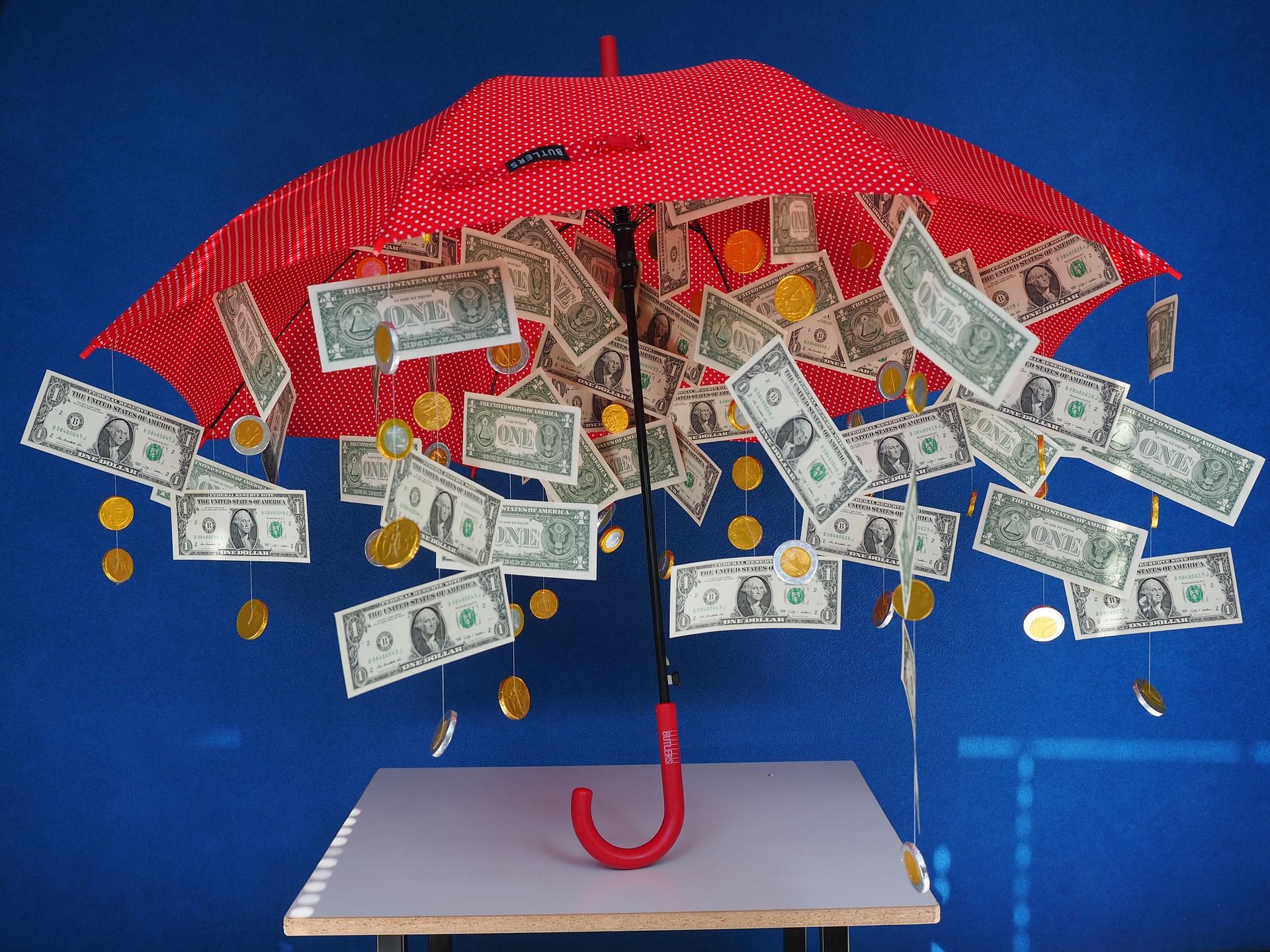 The government shuts down, making your grant reimbursement is two months late. A critical piece of equipment breaks down and has to be replaced. An unexpected need for services comes up. These are all examples of when a reserve fund would be quite valuable.
The government shuts down, making your grant reimbursement is two months late. A critical piece of equipment breaks down and has to be replaced. An unexpected need for services comes up. These are all examples of when a reserve fund would be quite valuable.
In my time as an executive director, my biggest regret is not setting up a reserve fund at the beginning, and consistently funding it. There was always a need for programs or supplies or more staff, and when we had money, we used it. We really got into trouble when we had a number of government grants that operated on a reimbursement basis, and took three or four months to pay us back, meaning we were having to float tens of thousands of dollars in expenses for months. Depending on our other income sources, there were times of the year when that became impossible and we had to take out a loan to cover core expenses. This was embarrassing and quite stressful. We were lucky that we could access zero percent nonprofit loans, but it shouldn’t have been such a problem if I had slowly and consistently saved money from the beginning. Then we could have “loaned” ourselves the money and moved on to more important topics. I think back about how much time and energy I wasted on keeping track of our cash flow. It shouldn’t have been that way.
Reserve funds are more than what’s in your bank account. It’s a specified amount of money set aside for emergencies with an intentional plan for when it will be used.
How much should be in your reserve fund?
This is where you need to take some time as a board to think through what your risks are. What are the possible events that could really impact your bottom line negatively? Consider potential reductions in funding. Or natural disasters. If this seems like too much, start with calculating the costs for three months of core staff and operations as a baseline target. Aim to save that amount, and work on risk assessment over time.
Reserve funds can be put into a separate bank account or kept separate simply in your bookkeeping software. I liked having the funds in a separate account, as it helped me be clear when I was borrowing from that account and when I had it repaid. With online banking, it was easy to move the funds, but still something I tried to avoid doing if I could, since psychologically I didn’t want to touch those funds.
When should you use reserve funds?
You will want to create a policy for when to use the reserve funds. Decide who will have the authority to make that decision. As an ED, I was given that authority, but I kept the finance committee informed. Other boards may want to retain that choice for themselves. In general, you will use reserve funds to cover short-term situations when you know you can repay the funds within the next 12 months. If you don’t think the reserve funds will be enough to solve your cash flow problems, then don’t use the reserve funds as a bandaid and push the problem off for a few months. Deal with it now and don’t make the situation worse.
You may also use the reserve funds during a crisis. You have a sudden need to meet in the community and you need to act fast. Use the reserve funds to meet the need, and then you can start fundraising to replenish the funds once you have a bit of breathing room.
How do you actually fund the reserve the account?
- Set aside a small percentage of all unrestricted gifts, in the range of 5-10%. As you build up your reserve fund, you’ll want to incorporate funding it into your annual budget. Take any surplus you generate for the year and move it into a reserve account on your books. One way to do this consistently is to calculate what your total surplus is as a percentage of individual donations and monthly move that cash into the reserve fund.
- Set aside a larger percentage of unexpected unrestricted gifts, perhaps 25%. Receive an unexpected one-time gift? Move a portion into the reserve account immediately so you have it set aside. Just like the savings method of “pay yourself first” for individuals, this takes that money off the table before you even consider how you could spend it.
- Fund equipment depreciation. You know you’ll have to replace your computers, vehicles and other equipment, so begin planning for it now. Include depreciation in your budgets to funders for equipment that is key to the project. As you depreciate the equipment each year, move that same amount of money into your reserve fund, so that when the equipment is fully depreciated, you have the cash to buy the next one.
- Request donations from your best supporters. Once I decided to focus on building a reserve fund, I met with some of our long-term donors and asked for a special gift to help build this new reserve fund. Donors stepped up, as they understood the value of the fund and of the organization, and they knew that the reserve fund would have many benefits.
Just like with any best practice, the first step is to have a board discussion around a reserve policy. The second step is to get a plan in writing. I’ll provide some good resources below.
Sample policies
- There are plenty of good ideas in Nonprofit Operating Reserves and Policy Examples.
- The comprehensive Reserve Fund Policy Template and Guide will give you a good starting place for developing your own policy
